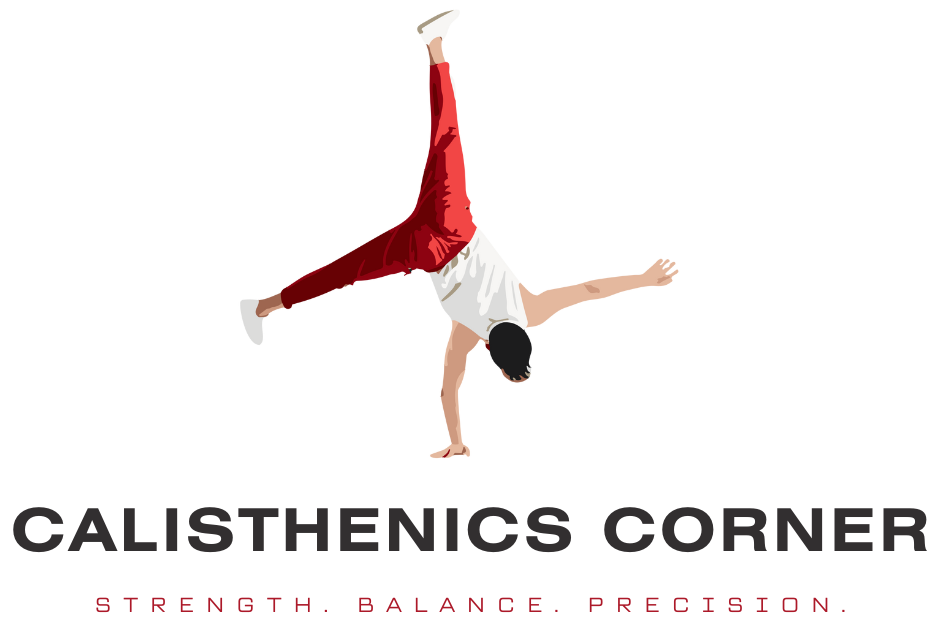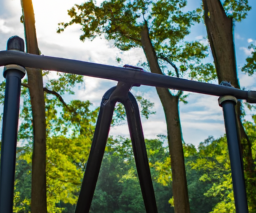Have you ever wondered where to begin your journey in calisthenics? Look no further, as this article provides you with the ultimate guide on where to start your calisthenics training. Whether you are a beginner or have some prior experience, we will explore various aspects such as choosing the right exercises, finding suitable equipment, and setting achievable goals to help you kickstart your calisthenics journey with confidence. Get ready to unlock your full potential and discover the thrilling world of bodyweight training!
1. Finding the Right Location
1.1. Determining Indoor or Outdoor
When starting your calisthenics journey, one of the first decisions you’ll need to make is whether you prefer to train indoors or outdoors. Both options have their advantages, and the choice ultimately comes down to personal preference.
If you prefer working out in the comfort and privacy of your own home, indoor calisthenics might be the right choice for you. Having an indoor space allows you to exercise regardless of the weather conditions and can be convenient for those with busy schedules. Additionally, indoor spaces provide stability and a controlled environment, which can be beneficial for beginners.
On the other hand, outdoor calisthenics offers unique benefits. Exercising in nature or in a public park can be refreshing and invigorating. Fresh air and natural surroundings can boost your mood and overall well-being. Outdoor calisthenics also provides you with more open space, allowing you to perform exercises like running, jumping, and climbing, which may not be possible indoors.
Ultimately, the decision between indoor and outdoor calisthenics depends on your preferences and lifestyle. Consider factors such as weather conditions, access to suitable outdoor spaces, and your comfort level when making your choice.
1.2. Choosing a Suitable Space
Once you’ve decided whether to go indoor or outdoor, it’s time to choose a suitable space for your calisthenics workouts.
If you opt for indoor training, look for a room or an area in your home with enough space to accommodate your exercises. Consider factors like ceiling height, available floor space, and any potential obstacles that may limit your movements. A spacious basement, a spare room, or even a garage can be transformed into your personal calisthenics sanctuary.
For outdoor training, seek out parks or outdoor gym facilities in your area. Look for spaces that have the necessary equipment, such as pull-up bars, parallel bars, and dip bars. Additionally, make sure the chosen location is accessible and safe, with a flat and stable ground surface to carry out your exercises.
Remember, the space you choose should inspire and motivate you. Find a location that aligns with your goals and preferences, allowing you to fully enjoy your calisthenics workouts.
1.3. Checking Safety Measures
Regardless of whether you choose to train indoors or outdoors, safety should always be a top priority. Before you start your calisthenics workouts, take the time to ensure that your chosen location is safe and suitable for exercise.
For indoor training, clear the designated area of any objects or furniture that may pose a risk of injury. Ensure there is adequate lighting and ventilation to maintain a comfortable workout environment. If you’re using equipment such as pull-up bars or rings, make sure they are securely fastened and able to support your body weight.
In the case of outdoor training, inspect the condition of the equipment available. Check for any signs of damage or wear that may compromise safety. Avoid training on wet or slippery surfaces to prevent accidents. Pay attention to your surroundings and be aware of any potential hazards, such as uneven terrain or obstacles that may obstruct your movements.
In both scenarios, it’s essential to warm up properly before each session and listen to your body during the workout. If you experience pain or discomfort, stop immediately and seek guidance from a qualified trainer or healthcare professional.
By prioritizing safety and taking necessary precautions, you can minimize the risk of injuries and ensure a positive and injury-free calisthenics experience.
2. Assessing Fitness Level
2.1. Understanding Body Weight Exercises
Before diving into a calisthenics routine, it’s important to assess your current fitness level. Calisthenics primarily relies on bodyweight exercises, which use your own body as resistance.
Bodyweight exercises engage multiple muscle groups and promote functional strength, flexibility, and coordination. They are highly effective for building lean muscle, improving cardiovascular fitness, and enhancing overall body control.
Familiarize yourself with basic bodyweight exercises such as push-ups, squats, lunges, planks, burpees, and sit-ups. These exercises form the foundation of your calisthenics training and will be discussed in more detail later in this article.
2.2. Evaluating Strength and Flexibility
Assessing your current strength and flexibility will help you set realistic goals and tailor your calisthenics routine to your abilities.
Start by performing a few repetitions of basic exercises like push-ups, squats, and lunges, paying attention to your technique and how easy or challenging they feel. Pay attention to any muscle imbalances or limitations in your range of motion.
To assess your flexibility, try static stretching exercises for major muscle groups such as your hamstrings, quadriceps, and shoulders. Can you touch your toes with straight legs? Can you reach your hands comfortably behind your back?
Your strength and flexibility may vary in different areas of your body, which is normal. By understanding your strengths and areas that need improvement, you can structure your workouts to focus on specific muscle groups and movements.
2.3. Setting Realistic Goals
Setting realistic and achievable goals is essential for maintaining motivation and ensuring progress in your calisthenics journey.
Take into account your current fitness level and any limitations you may have. If you’re a beginner, aim to gradually build a solid foundation of strength and technique before attempting more advanced exercises. This may involve mastering proper form in the basic exercises and increasing repetitions or intensity over time.
Consider what you hope to achieve through calisthenics. Whether it’s building muscle, losing weight, increasing flexibility, or simply improving overall fitness, having a clear goal will provide you with direction and motivation.
Remember, progress takes time and consistency. Celebrate small victories along the way and be patient with yourself. Setting realistic expectations ensures a positive experience and helps prevent frustration or burnout.
With a clear understanding of your fitness level and realistic goals in mind, you’re ready to move on to the next step: learning the basic calisthenics exercises.
(Continued in part 2)







